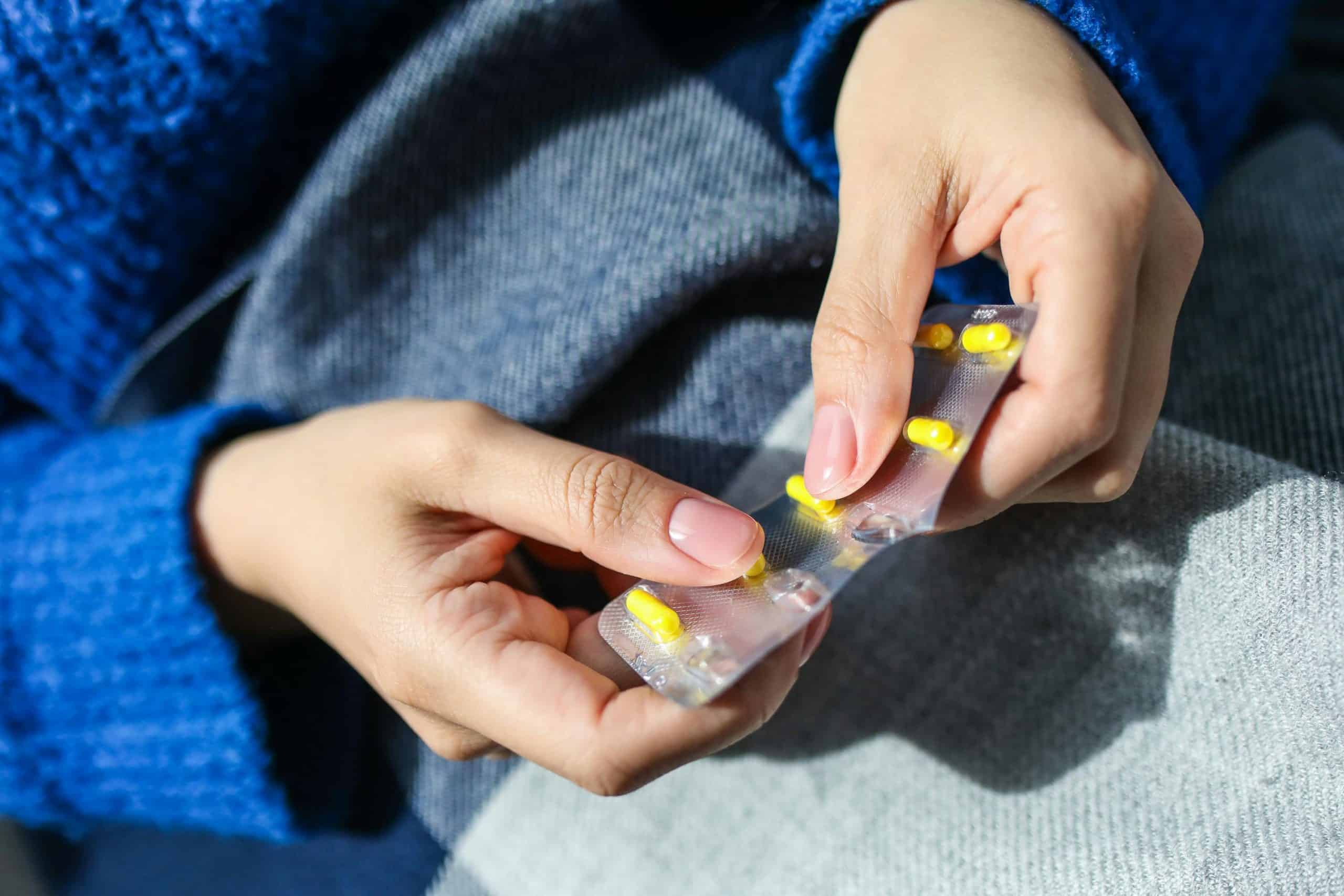How Do Biodegradable Stents Compare to Traditional Stents in Treating Coronary Artery Disease?

Stents have long been a crucial tool in the treatment of coronary artery disease, with eluting stents and durable stents being the most common types used. However, in recent years, the advent of biodegradable stents has opened new possibilities for treatment. But how do these new stents stack up against their traditional counterparts? In this article, we'll delve into the science, the clinical trials, and the outcomes to find a comprehensive answer.
What Are Biodegradable Stents?
Before we begin comparing, let's start with understanding biodegradable stents and their unique aspects. Biodegradable stents, often known as bioresorbable or absorb stents, are made from a polymer material that can dissolve or be absorbed by the body over time. This is fundamentally different from traditional stents, which are made from metal and meant to be a permanent implant.
A voir aussi : How Effective Are Herbal Remedies in Treating Anxiety Disorders?
The main advantage of biodegradable stents is that they disappear after fulfilling their purpose, allowing the artery to regain its natural function and flexibility. This could potentially reduce the risk of long-term complications associated with permanent stents, such as stent thrombosis, and eliminate the need for prolonged antiplatelet therapy.
Biodegradable vs Durable Stents: Clinical Trials
Clinical trials have been crucial in evaluating biodegradable stents' efficacy and safety. Let's examine some significant trials and their outcomes.
A découvrir également : What Are the Long-Term Benefits of Pilates for Individuals with Lower Back Pain?
One of the prominent trials is the ABSORB trial, a series of multi-center, randomized controlled trials comparing the Absorb BVS (bioresorbable vascular scaffold) with the Xience DES (drug-eluting stent). The ABSORB II trial, published in 2015 (DOI: 10.1016/S0140-6736(15)60980-1), showed similar outcomes between the two groups after one year. However, the ABSORB III trial, published in 2017 (DOI: 10.1056/NEJMoa1708454), reported worse outcomes with BVS at two years, leading to a decrease in its use.
Recently, a new generation of biodegradable stents has undergone clinical trials, showing promising results. The FUTURE-II trial, published in 2020 (DOI: 10.1016/j.jcin.2020.01.228), demonstrated that the Fantom Encore BRS (biodegradable stent) had similar efficacy and better safety profiles at one year compared to durable DES.
It's important to note that these trials only provide a snapshot based on specific time points and populations. The long-term effect of biodegradable stents, especially beyond five years, remains largely unknown.
Biodegradable Stents: Patient Outcomes
Beyond clinical trials, evaluating patient outcomes in real-world settings is crucial to understanding how biodegradable stents compare to traditional stents.
A study published in 2022 (DOI: 10.1002/ccd.29575) used data from a national registry in Sweden to compare outcomes between patients treated with Absorb BVS and Xience DES. The authors reported no significant difference in the rates of death, myocardial infarction, or target vessel revascularization between the two groups after five years.
However, a meta-analysis published in 2023 (DOI: 10.1161/CIRCINTERVENTIONS.123.012047) showed that biodegradable stents were associated with higher rates of device-related adverse events compared to durable DES. The authors suggested that this might be due to technical issues related to the implantation procedure, which could potentially be improved over time.
Thus, while the concept of biodegradable stents is promising, their real-world performance appears to be variable and may depend on many factors, including the specific type of stent used and the operator's experience and skill.
Future Trends of Biodegradable Stents
The future is bright for biodegradable stents. With ongoing advancements in polymer technology, we can expect further improvements in the design and performance of these stents.
In 2023, a new polymer called Salix was introduced for use in biodegradable stents. According to a study published that year (DOI: 10.1016/j.biomaterials.2023.120789), Salix-based stents demonstrated excellent biocompatibility and degradation behavior.
Furthermore, drug-eluting biodegradable stents are currently under development. These stents release a drug to prevent restenosis while they degrade, combining the benefits of DES and biodegradable stents. A study published in 2024 (DOI: 10.1007/s00268-024-05156-9) reported promising results from pre-clinical trials of a rapamycin-eluting biodegradable stent.
It's clear that the age of biodegradable stents has only just begun, and the coming years will bring exciting developments to this field.
Biodegradable Stent Advancements: Innovations and Challenges
As we journey into the realm of stent technology, it's essential to shine a light on the advancements in this field. Simultaneously, it's equally critical to identify the hurdles that may potentially impede the progress of biodegradable stents.
One of the revolutionary improvements seen in the new generation of biodegradable stents is the incorporation of drug-eluting technology. As previously mentioned, a rapamycin-eluting biodegradable stent has shown promising results in pre-clinical trials. This stent is designed to degrade over time while releasing the drug rapamycin, known for its anti-restenosis properties. This development aims to combine the benefits of both eluting stents and biodegradable polymer stents, providing a solution that prevents restenosis while reducing the risk of long-term complications such as stent thrombosis.
However, the journey of biodegradable stents hasn't been without challenges. Some of the hurdles to overcome include technical issues related to the implantation procedure, as seen in the meta-analysis published in 2023 (DOI: 10.1161/CIRCINTERVENTIONS.123.012047). These difficulties can contribute to higher rates of device-related adverse events compared to durable polymer stents. However, with further research and development, these challenges could be reduced or even eliminated.
Another challenge is the variable performance of biodegradable stents in real-world settings. Factors such as the specific type of stent used and the operator's skill can significantly affect patient outcomes. This indicates the need for further training and education for healthcare professionals to optimize the use of these stents.
Conclusion: The Future of Biodegradable Stents in Coronary Artery Disease Treatment
In the fight against coronary artery disease, stents have proven to be invaluable tools. The advent of biodegradable stents has brought a new dimension to this treatment, offering the potential for improved long-term outcomes and reduced complications.
While the journey of biodegradable stents has had its share of challenges, advancements in polymer technology and drug elution have set the stage for a brighter future. The introduction of Salix, a new polymer, and the development of rapamycin-eluting biodegradable stents are just a few examples of the innovative strides made in this field.
However, it's crucial to remember that while these advancements offer hope, their real-world application can vary and requires further investigation. The variable performance of these stents underlines the need for ongoing research, technical refinement in implantation procedures, and targeted training for healthcare professionals.
In conclusion, biodegradable stents represent a significant leap in the treatment of coronary artery disease. However, like any medical advancement, they require comprehensive study and rigorous testing to ensure their safety and efficacy. The future of biodegradable stents is indeed promising, and we look forward to the transformative changes they can bring to patient care. With continued research and development, they could potentially change the face of coronary artery disease treatment in the years to come.
